Waste is one of the food industry’s undisputed hot potatoes. In the face of finite global resources, worries about environmental sustainability and – despite the beginnings of an economic recovery – continued strain on UK household budgets and growing concern about food poverty, waste and wastefulness around food (perceived or otherwise) strike a powerful chord.
The current focus on date labels is a case in point. Wrap this week issued new advice to industry to help consumers make better sense of use-by and best-before labels, and avoid unnecessary food waste in the home. This comes after the best-before vs use-by debate returned to the headlines in May, with Sweden and the Netherlands calling for a review of EU labelling rules, and a widely publicised piece in The Times in which supermarket CEOs “admitted” to ignoring date labels on their own foods.
There’s no question that heightened public awareness of food waste is a good thing: it’s created new, important opportunities for the food industry to talk about how it’s reducing waste and, crucially, what role consumers themselves can play in tackling wastage.
But it also presents challenges. One concern is that the food waste debate is increasingly being skewed in favour of headline-friendly areas such as date labels, with less ‘sexy’ – but equally important – priorities for waste reduction receiving less coverage.
There is something pleasingly intuitive and common sense about being told to ‘trust your instincts’ instead of relying on ‘nanny state’ date codes when deciding if a food is still okay to eat. But – as the Food Standards Agency made clear in a series of exasperated tweets when that Times piece was published – common sense can be a poor guide when it comes to food safety issues.
Another area at risk of being overlooked – and misunderstood – in this ‘common sense’ approach to food waste is packaging. New packaging formats and technologies can play a crucial role in reducing waste in the home and in the supply chain, but the public discourse on the subject is often simplified to ‘less is more’.
Of course, there are still far too many examples of wasteful packaging out there (here at The Grocer, we are frequently tempted to start naming and shaming those who send us ludicrously over-packed boxes-within-boxes-within-bags), but packaging that, say, helps improve shelf life can make a vital contribution to reducing food waste – even if the ‘common sense’ approach would suggest an item is being over-packaged.
A new report by Rabobank on emerging meat packaging technology, published this week, highlights just how difficult overcoming such perceptions can be: “Consumers often perceive packaging as harmful to the environment, so there is a need to convince them, perhaps through an information campaign, that both the environmental and commercial costs of food waste, particularly for meat, are in fact far greater than the environmental costs of packaging,” it says.
Developing the right technological solutions to help tackle food waste is clearly just the first step. If they want to ensure consumer buy-in, retailers, suppliers and packaging providers will have to make it just as big a priority to explain how such solutions help reduce food waste. It’s just common sense, really.



![XOXO-Product-Shot[ALL FLAVOUR]-Sky-1920x1080](https://dmrqkbkq8el9i.cloudfront.net/Pictures/274x183/4/9/2/355492_xoxoproductshotallflavoursky1920x1080_806584_crop.jpg)



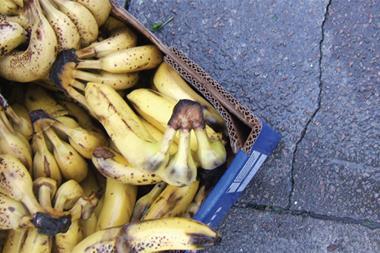


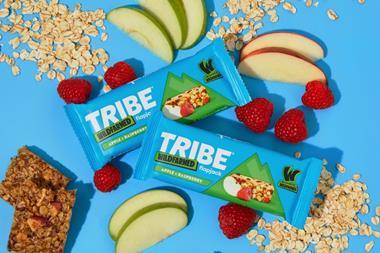

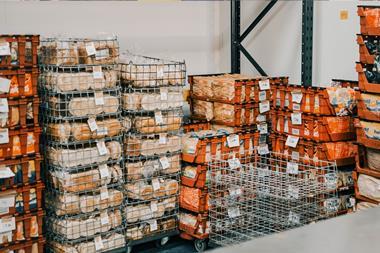
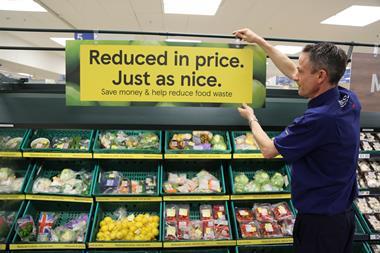


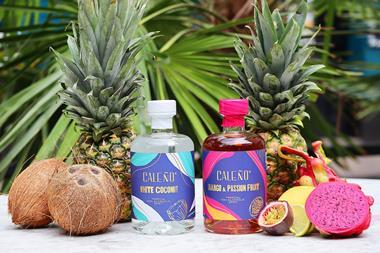
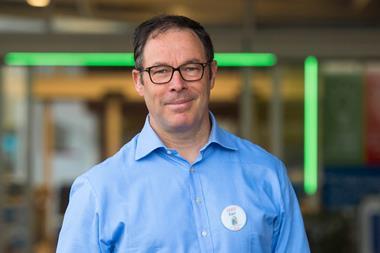

No comments yet